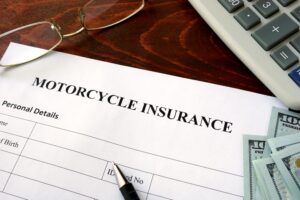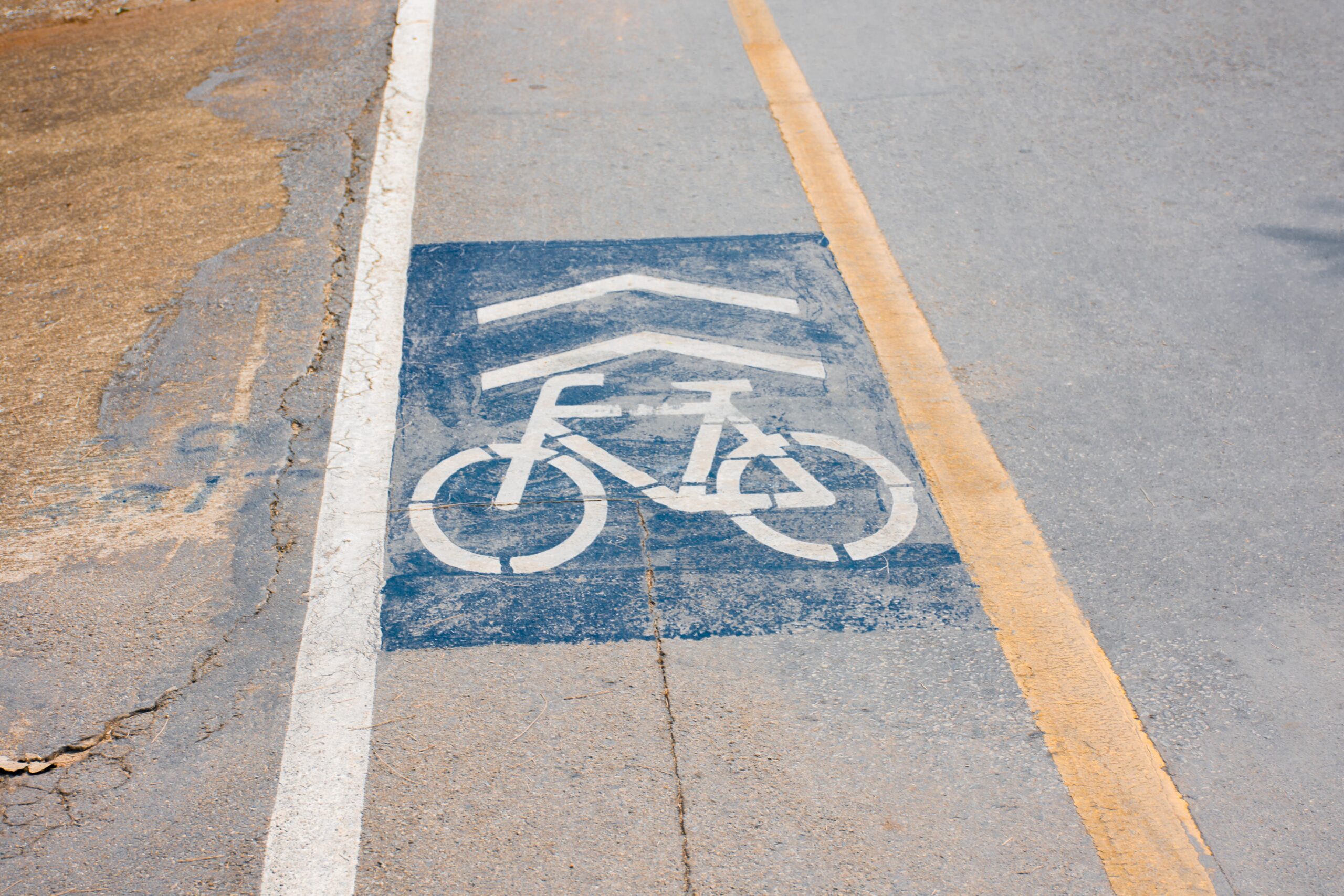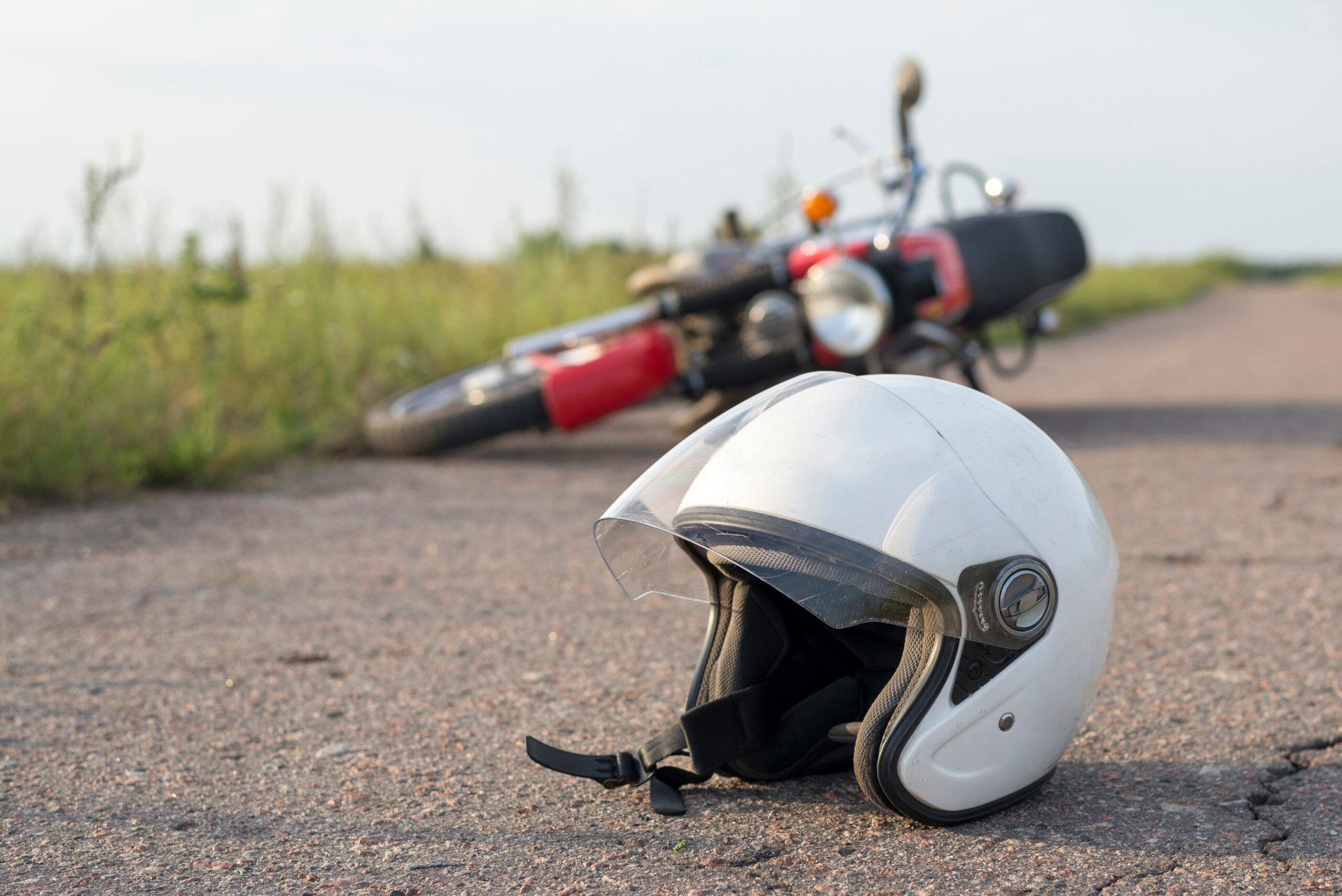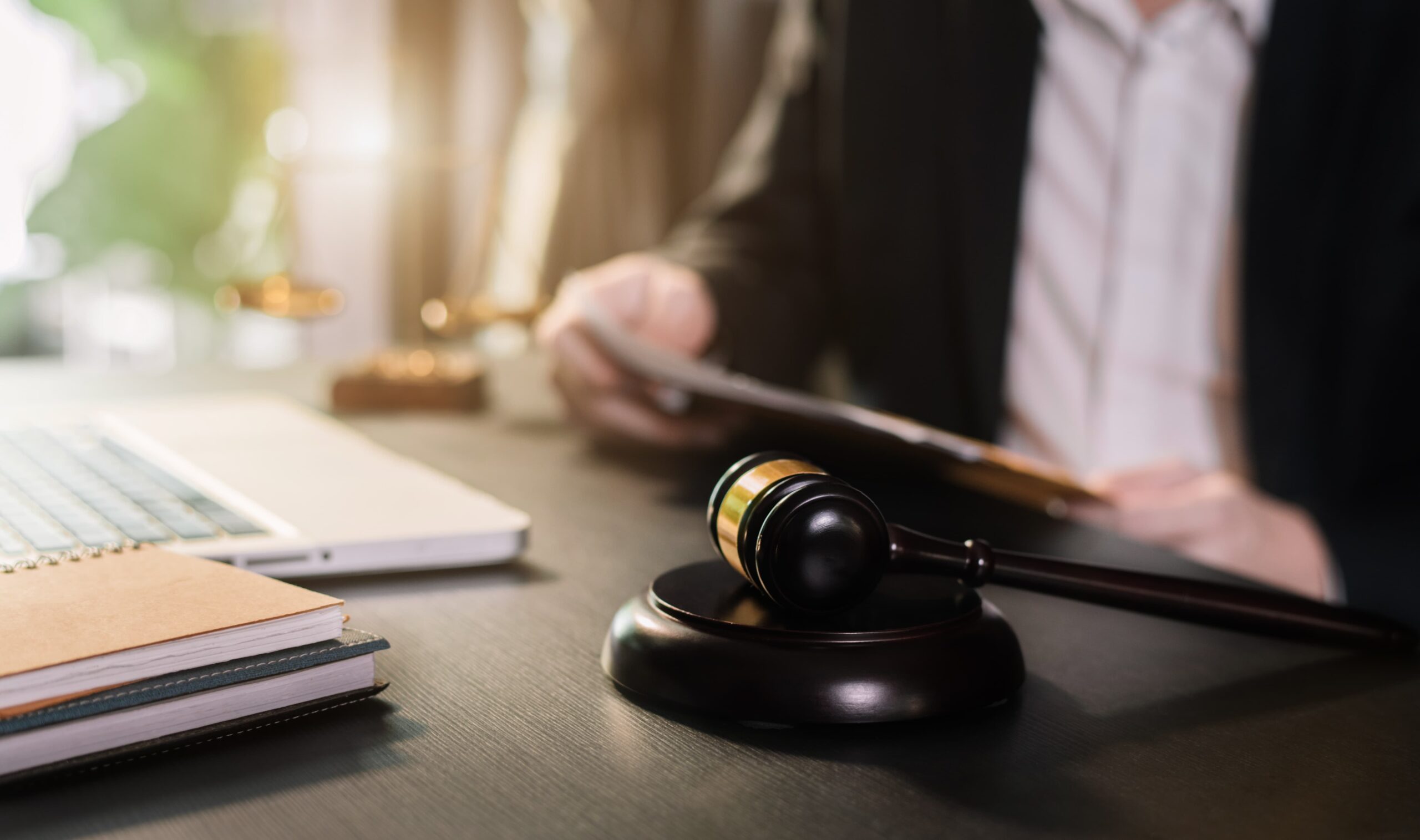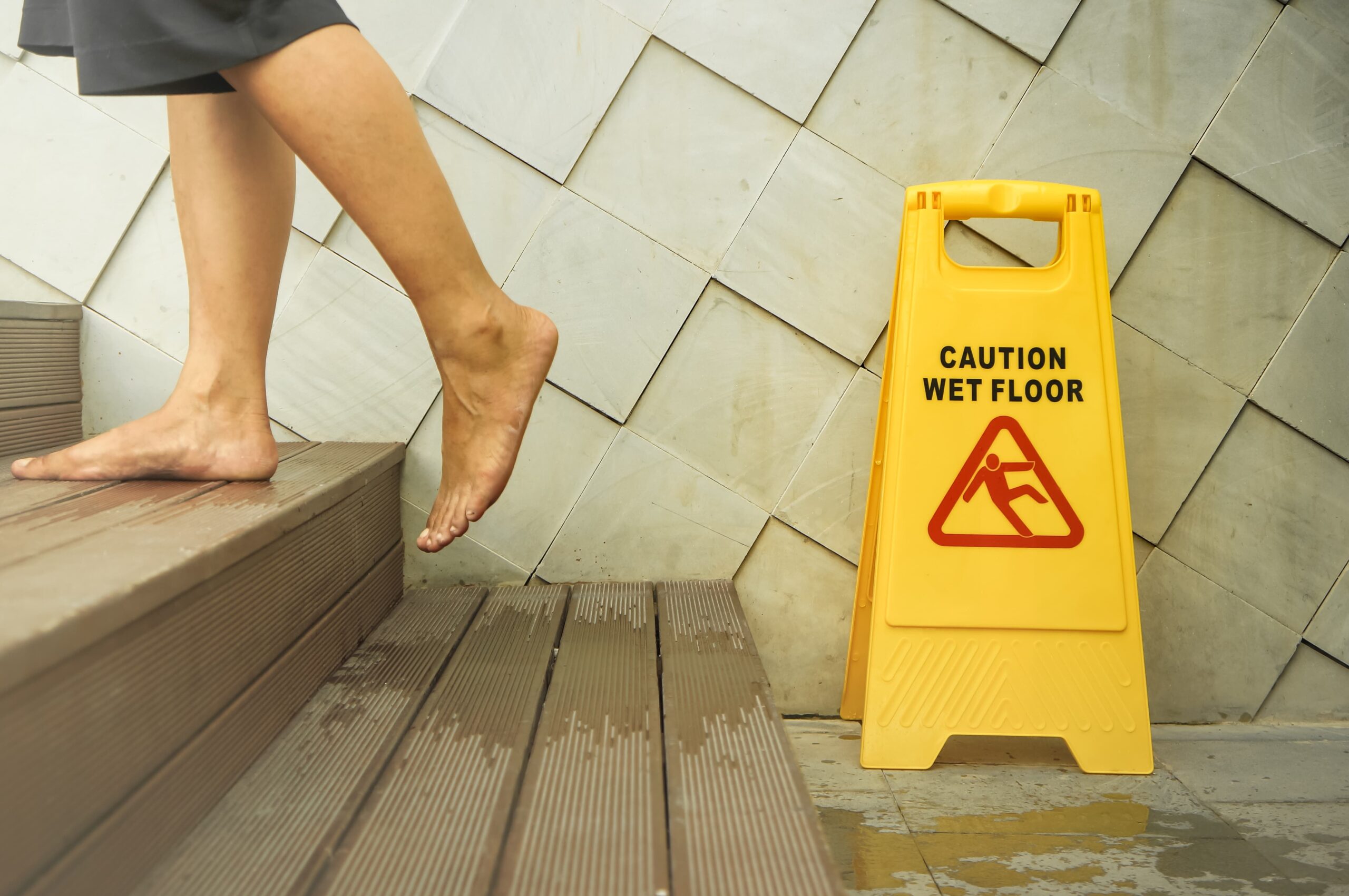TL;DR: These insurance tips for injured motorcyclists help protect your claim: get medical care right away, document the scene and your injuries, be cautious with recorded statements and broad medical releases, and understand PIP/MedPay/UM/UIM and property coverage before you sign. If fault is disputed or injuries are serious, talk to an attorney early.
The appropriate insurance guidelines for injured motorcyclists will help you avoid giving up your rights or undervaluing your claim after a crash. First, make sure you and your family are safe and get medical help. Then, make sure you have a clear paper trail before you talk to adjusters.
Health Care
First, adrenaline hides injuries. Get checked out straight away and follow through with the referrals. Early documents connect your injuries to the accident and fill in gaps that insurance companies often use. Check out the NHTSA motorcycle safety sites for information on injury patterns and basic safety tips.
Document the Scene & Preserve Evidence
- Take pictures of the scene and the damage.
- Get the report number, the names and contact information for the witnesses, and pictures of the lanes, signals, debris, skid marks, vehicle angles, and your gear.
- Don’t change the motorcycle or helmet until you’re told to—physical evidence is important.
Be Careful with What Insurers Say
Adjusters could try to get you to give a fast recorded statement. Give the essentials (date, place, cars), but don’t give recorded or comprehensive statements until you know what your coverages are and talk to a lawyer. Don’t sign medical permissions that let people look into your past for no reason. The IIHS gives information about typical crash risks that insurance companies may use.
Know Your Coverages: Tips for Motorcyclists
- PIP/No-Fault — PIP may not entirely apply to motorbikes in some policies or places. Make sure you know what’s covered for medical costs and lost earnings.
- MedPay — Optional coverage that can help with early medical bills no matter who is at fault.
- UM/UIM — If the motorist who hit you has low or no limits, Uninsured/Underinsured Motorist coverage can be critical.
- Property Damage — Know how appraisals work and what the total-loss threshold is. Keep receipts for improvements and gear.
Keep Track of Losses and the Claim’s Value
Keep all of your bills and mileage, as well as notes from your employer about missed work. Take pictures throughout time to illustrate swelling, bruising, surgical sites, and scarring. Keep a log of your discomfort and symptoms. Objective, date-stamped notes make non-economic damages stronger.
When to Ask for Help
If there is a disagreement over who is at fault, the injuries are serious, or a government agency or more than one vehicle may be involved, you should consult a motorcycle injury lawyer right away. You can learn more about our firm at Pyramid Legal or get in touch through the Contact page. A quick meeting with an insurance professional can help you avoid making expensive mistakes.
Key Takeaway
To protect yourself, act swiftly on care and paperwork, be careful with what you say, and know what your coverages are before you sign. These guidelines for injured motorcyclists can help you keep your options open while your case is being looked at.


